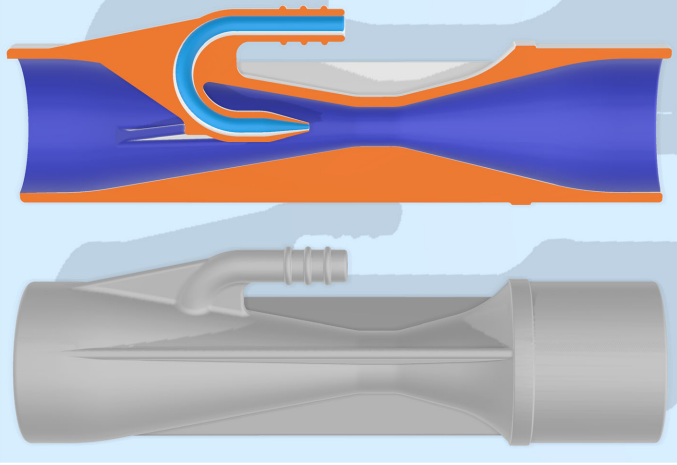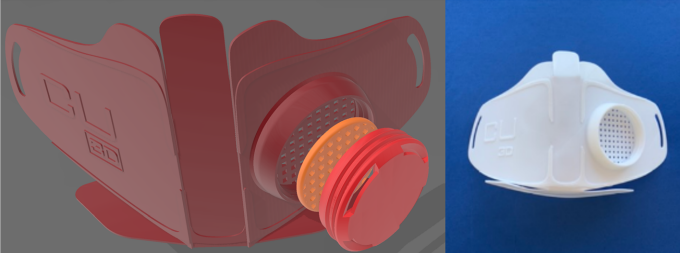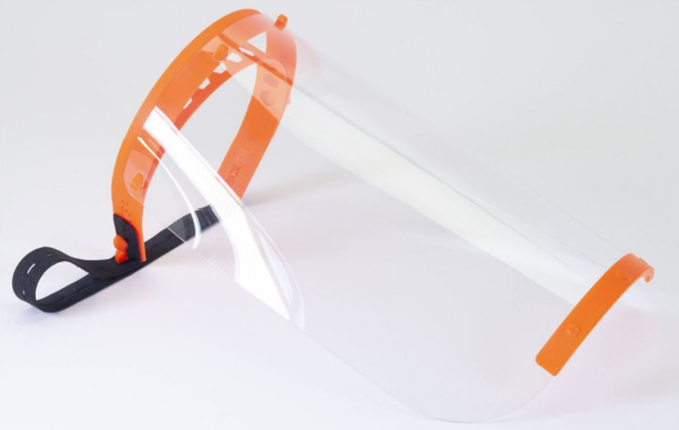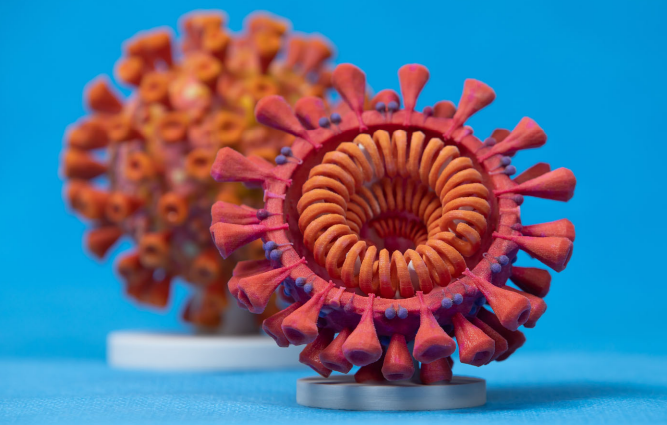Researchers from the US and Australia take a comprehensive look at how 3D printing technology is being used to help during the current pandemic, releasing their findings in the recently published ‘COVID-19 and the Role of 3D Printing in Medicine.’
As humans around the globe are affected by coronavirus disease 2019 (COVID-19), 3D printing users have stepped up to help wherever possible in providing personal protective equipment and medical devices, as well as accompanying parts. Users have created masks, ventilators, connectors, and a variety of other PPEs and parts needed; however, numerous businesses, medical centers, and research scientists have been collaborating, innovating, and supporting 3D printing endeavors too.
The researchers point out also that numerous groups have been working together in community efforts. They delve into many different types of open-source models, but the resources and files referred to are meant to be part of an ‘evolving collection’ of models and links to resources for answering immediate medical needs (an example is located at the NIH 3D Print Exchange).
“The authors emphasize that at the time of their research and writing, many of the 3D printed devices had not been tested or ‘approved for frontline clinical use by relevant regulatory bodies.’ Effectiveness is not guaranteed by inclusion in their study, and users should use discretion.”
As COVID-19 began to ravage Italy, the rest of the world took note of climbing numbers in cases and fatalities; however, the lack of ventilators quickly became part of the frightening story—with patients left waiting for suitable breathing devices. Other equipment was in short supply too such as masks and hoods, along with venturi valves needed in respiratory support equipment.
“While venturi valve design is subject to copyright and patent covers, certain emergencies resulting in life-or-death decisions may justify full use regardless of intellectual property, in the appropriate clinical setting,” explained the authors.
Doctors and engineers at Isinnova are a good example of professionals creating parts such as valves that help add to the supply of medical devices/parts.
“Fortunately, the US FDA does not object to the creation and use of certain devices such as the T-connector that meet specifications described in the instructions provided to the FDA for use in placing more than one patient on mechanical ventilation when the number of patients who need invasive mechanical ventilation exceeds the supply of available ventilators and the usual medical standards of care have been changed to crisis care in the interest of preserving life,” explain the researchers. “The FDA’s ‘no objection’ policy in this regard applies during the duration of the declared COVID-19 emergency.”
Venturi valves were also fabricated and offered by GrabCAD user Filip Kober:
“These valve designs achieve specific levels of inspired oxygen (FiO2) at set rates of supplemental oxygen supply,” stated the authors. “Model porosity may inadvertently alter intended FiO2 levels, requiring the use of printing technologies that ensure airtight parts.”
Open-source products such as the automated ventilators with the Illinois RapidVent design also include ‘promising results,’ especially when there may be a limited supply from manufacturers. Other valves, like the no2covid-ONE valve allow use of one ventilator for multiple patients—even with varying oxygen needs.

Open-source non-adjustable Venturi valve design for an FiO2 of 33% at a supplemental oxygen flow rate of 10 l per minute. The cross-sectional view (above) demonstrates the inner structure of this device with a small oxygen port (light blue) and a larger air intake (left)
Current PPE still in need includes:
- Splash-proof face shields
- Surgical masks
- N95 masks
- N90 masks
- Powered air-purifying respirator (PAPR) hoods
- Controlled Air Purifying Respirator hoods (CAPR)
Sterilization must be taken into consideration for all reusable items. Detailed customization is also possible via 3D printing, with masks such as the Copper3D NanoHack mask (printed with PLA as a flat piece) or the HEPA mask (Thingiverse, by Kvatthro), becoming more well-known.

Copper3D NanoHack mask model demonstrating an intermediate stage in mask completion, left. A 3D printed model of this mask, right
“Additional variations on personal protective equipment include protective face shields, such as those designed by Prusa,” stated the researchers. “These simple devices feature a reusable printable headpiece to which a separately sourced transparent sheet of plastic can be attached to create a face shield, protecting the user’s eyes and mouth.”

Early reusable Prusa Research 3D printed headband allowing the insertion of flexible shields. Image modified from [15]
“We recommend that 3D printing experts communicate with their local hospital supply chain and potentially with national strategic stockpile holders. A centralized strategic local response to this crisis requires open forms of organized communication,” conclude the researchers. “In the United States and Canada, local and state/province supply chain experts should relay best information of what is in stock, in transit, or on backorder.
“Going forward, the 3D printable medical model resources described here will likely be expanded in numerous centralized model repositories with new creative open source models, descriptions of intended use, assembly instructions, and target material/printer descriptions.”
What do you think of this news? Let us know your thoughts! Join the discussion of this and other 3D printing topics at 3DPrintBoard.com.
[Source / Images: ‘COVID-19 and the Role of 3D Printing in Medicine’]Subscribe to Our Email Newsletter
Stay up-to-date on all the latest news from the 3D printing industry and receive information and offers from third party vendors.
You May Also Like
IperionX Inks 10-Year Deal with Wisconsin Manufacturer for 80 Metric Tons of Titanium Per Year
IperionX, the Charlotte-based supplier of sustainable titanium powders used for additive manufacturing (AM) and metal injection molding (MIM), has signed a ten-year deal with United Stars, a group of industrial...
Gastronology Launches Industrial Production of 3D Printed Food for Dysphagia Patients
Food 3D printing has, in many ways, been an additive manufacturing (AM) segment looking for the right business case. While some applications are beautiful and others may or may not...
Lockheed Martin Leads $3M Investment in Q5D’s Electronics 3D Printing System
Q5D, an original equipment manufacturer (OEM) of robotic arm, hybrid additive manufacturing (AM) systems used for wire harness production, has closed a $3 million investment round. The investment arm of...
3D Printing News Briefs, April 6, 2024: Depowdering, Cybertruck Door Handles, & More
In today’s 3D Printing News Briefs, ioTech’s digital manufacturing CLAD technology is opening up opportunities for microelectronics and additive manufacturing. Hexagon and Raytheon Technologies commercially released the Simufact Additive Process...

































